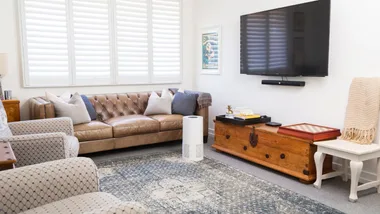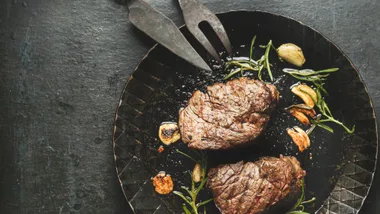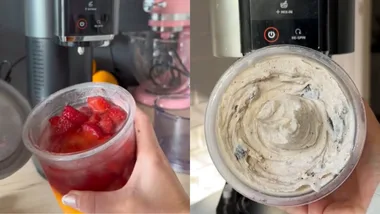Primary carers provide 2.2 billion hours of unpaid care each year in Australia, and The Cost of Caring campaign wants to incite change.
George Helon knows only too well the importance of visibility. As an advocate for Australia’s unpaid carers, he has spent years calling for them to receive a fair go from the government.
It’s a message he has told and retold in countless words – in print, on radio and online.
But it’s figures, not words, that tell the real story of why the system needs a shake-up, as highlighted in Are Media’s Cost of Caring campaign.

The gift of love
George, 59, became a full-time carer for his mother, Elizabeth, who has Lewy body dementia, when her cognitive and physical health deteriorated after his father died in 2012. It was a move borne out of love, but one that brought a mind-boggling financial disadvantage – one shared by carers nationally.
And it starts with failure of the Carer Allowance to keep pace with cost of living.
“When the allowance started in 1999, it was roughly $75 a fortnight,” says George. Now, 25 years later, it’s $153.50 a fortnight, when the comparable modern figure would be closer to $420.
“Somewhere along the line they’ve let things slide,” George says. “We are being driven into poverty.”

Costs add up
George says while carers are driven by love, the lack of financial recognition and help makes it impossible to get ahead – or stay on an even keel.
“I fuelled up my car last week and I had to spend $90 for 38L of fuel,” he says. “That was almost 60% of my Carer Allowance. And that’s just fuel. I haven’t even put my car on the road. And you’ve still got to eat. I went to the shops the other day and capsicums were $9.40 and apples were $9.40. Meanwhile, carers receive the equivalent of 46c an hour.
So where does the money to fill that gap come from? My Disability Support Pension. I don’t tell my mother her care is costing me because I don’t want to worry her. Because when you tell someone you’re caring for that they’re costing you, they go into depression. They even try suicide. There are ramifications because they worry they’re a burden.”
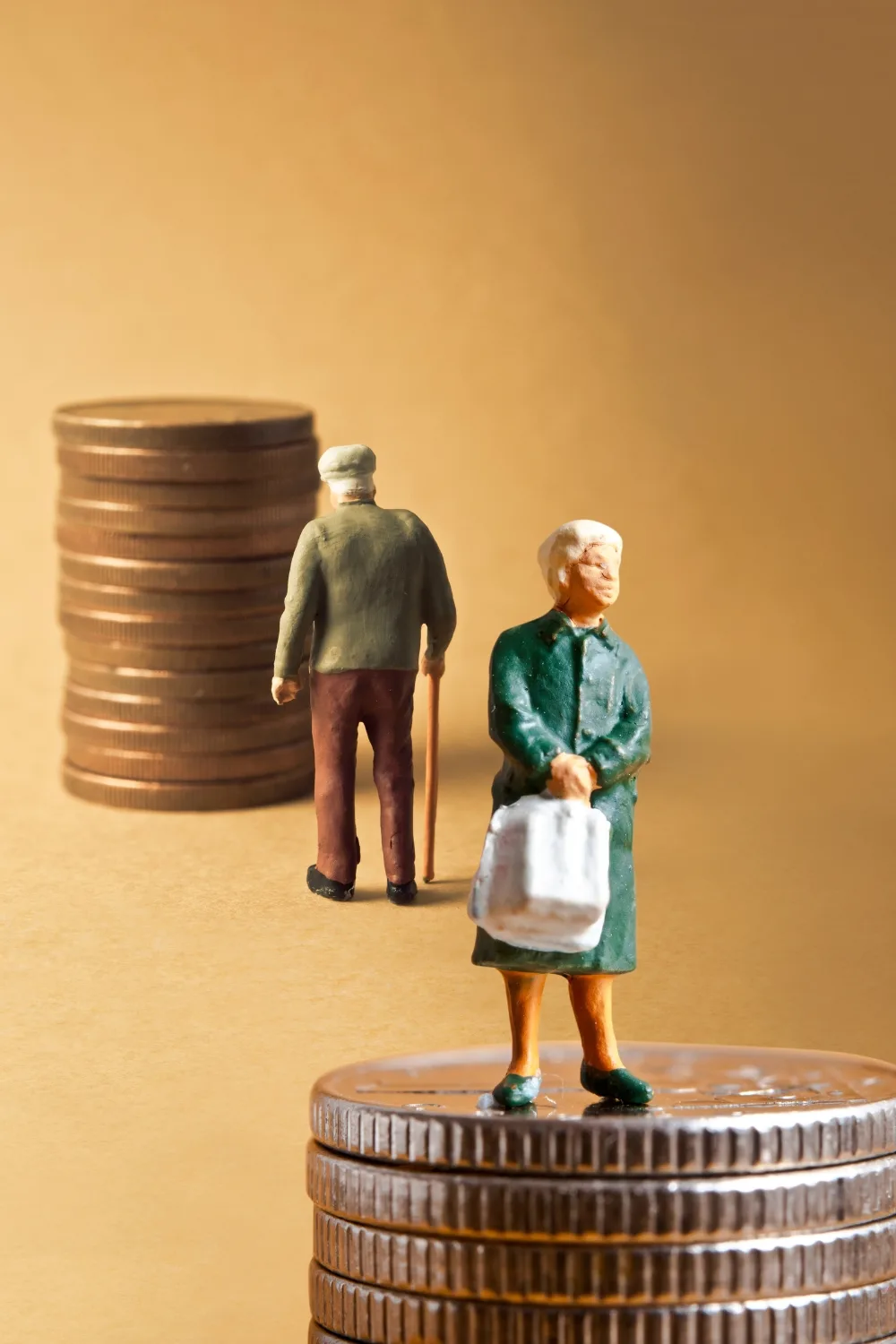
Call for recognition
George says recognition for unpaid carers is almost non-existent.
“Carers are the backbone of Australia’s aged care, health and disability sectors,” he says. “If it wasn’t for us, they would collapse overnight. But we’re not entitled to a national minimum wage. We don’t get superannuation. We don’t get holiday leave. We don’t get any other statutory entitlements or benefits. We are doing so much and don’t get a break.”
This stands in stark contrast to paid support workers.
“You can be doing exactly the same kind of work, yet we receive what amounts to about 46c an hour while they walk away with $38. When you do the sums, we’re actually saving the government $77.9 billion- $121.6 billion each year.” George says part of the issue is that because personal ties are involved, governments can almost take for granted carers will wear their lot.
But factors including the mental load of being someone’s advocate take a toll. “Carers burnout is very real,” he says. “I’ve been through it myself only a few months ago and ended up in hospital.”
Time to act
George continues to speak up – and out – to demand a fair go for carers. “The caring community is disadvantaged and vulnerable,” he says, noting pensions and the dole keep rising, while carers are crushed by the spiralling cost of living. “We’re not asking for charity. We just want the respect, recognition and remuneration we deserve.”
George Helon also has a petition calling on the Federal Government to better recognise, remunerate and care for carers. Read more at change.org/CarersAustraliaPetition.
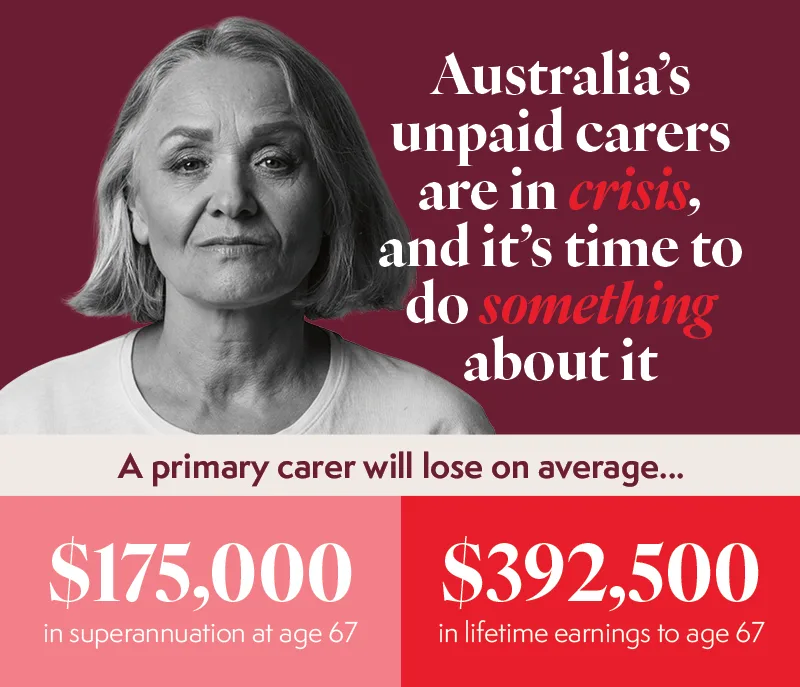
What is the Cost of Caring campaign?
Are Media, the publisher of Better Homes and Gardens, has teamed up with Carers Australia and a coalition of support and advocacy groups to campaign for a better deal for Australian carers.
Specifically, through its Cost of Caring campaign, the company is calling on the Federal Government and the Opposition to add superannuation to the fortnightly carers payment. Are Media CEO Jane Huxley identifies the issue as one that should be a key priority heading towards the 2025 federal election.
“Carers are heroes in the home and in communities, but their roles are too often unrecognised and undervalued,” Jane says. “Carers provide 2.2 billion hours of unpaid care each year in Australia, which would cost nearly $80 billion to replace with formal paid care. Carers sacrifice careers, travel, education goals, social lives and their own wellbeing to look after the needs of others – but who is caring for the carers?”
According to Carers Australia, primary carers lose an average of $175,000 in superannuation and $392,500 in lifetime earnings to the age of 67.
As CEO Annabel Reid explains: “The critical and significant work unpaid carers provide across the country is vital… It is time we did more for the cohort of carers who have had to give up employment opportunities to provide care and reduce their superannuation deficit.”
To learn more about the Cost of Caring campaign, read and sign the petition, and support Are Media’s call for change, head to change.org/costofcaring.

How much is Carer Allowance Centrelink?
The carer allowance is currently $153.50 on a fortnightly basis.
Who can get carer allowance?
You can receive the carer allowance if you meet the following eligibility criteria:
- meet the income test requirements.
- provide daily care to someone with a disability, severe illness or is frail aged. This also includes a child or adult who have care needs that scores high enough on assessment tools to receive additional support.
- care for someone who’ll have these needs for at least 12 months or the rest of their life.
You can visit Carers NSW for more information, or head to Services Australia to check eligibility and apply.
Do carers get a bonus this 2024 in Australia?
This year, the carers allowance includes an annual payment of $600 for those that are eligible. This amount is paid in addition to the carers allowance.
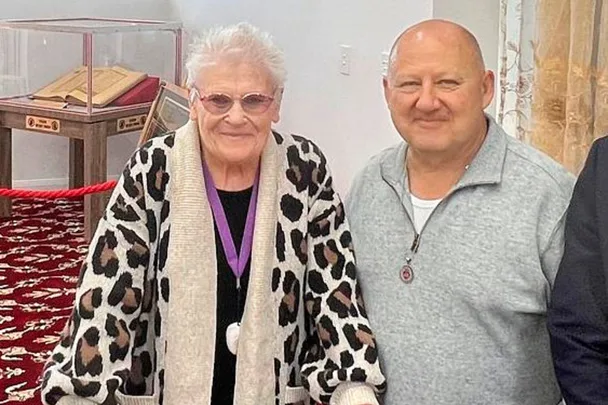 Supplied.
Supplied.
